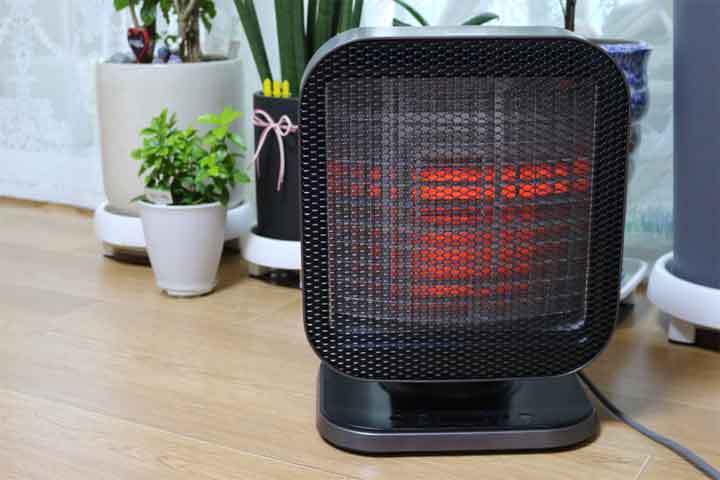To flush your water heater, the most basic knowledge you’ll need is whether yours is electric, or runs on propane or natural gas. This will determine whether you need to shut off power to the unit or lower the temperature to its lowest setting (pilot). You should check with the documentation that came with your water heater to be sure of the proper procedure for your unit. If you cannot locate the manual, you may be able to find it online by searching your make and model number.
You should also determine whether you have a floor drain nearby. If you do, this makes the process much simpler, as you can connect a garden hose to the heater and drain it directly. Otherwise, you will need to use a bucket to transport the drained water for disposal, making the process more labor-intensive. Either way, the process is very simple, check more details here.
New water heaters and those which have been recently flushed do not have to be flushed as thoroughly as the method described here. You can skip turning off the water heater and cold water supply and just drain a few quarts of water with a drain hose connected to the draincock. Check to see when the water coming out appears clear. When it does, you’re water heater is flushed. This is a much easier and quicker method if your water heater doesn’t need a full flush.

• Step 1: Find the Power Source
First determine the power source of your water heater. If it is electric, locate the circuit breaker for the water heater and shut it off. If it is powered by propane or natural gas, make a note of the temperature at which the heater is, and then lower the unit’s temperature to its lowest setting (pilot). Don’t shut the natural gas completely off unless your are comfortable re-lighting the pilot when you’re done. Don’t shut off the water or gas supply to the water heater.
• Step 2: Drain the Unit
The draincock will be found at the bottom of the unit and looks like a round dial with a hole in the middle. Roll out your hose so it drains safely into your floor drain or driveway (be sure that you’re draining it to a lower level than the draincock–water won’t want to travel against gravity!).
• Step 3: Use Caution
It’s very important to remember that the water coming from the water heater will be hot, so be careful not to burn yourself. You should wait to let the water cool before attempting to drain it. Let the water drain from the water heater by opening the draincock. Be careful when draining–the water will be under standard household pressure when released. If your unit is several years older, and especially if it has not been regularly drained, the draincock could break easily or be hard to open. If you don’t have a floor drain, or other place to drain the water, you will need to use a bucket. A one or two gallon pail should do the trick. Be especially careful when using the bucket method as you’ll be more exposed to the hot water.
• Step 4: Flush
Let the water heater drain for about 5 minutes or until the unit is empty. Re-open the cold water valve, letting water flush the tank (you may need to turn the water on and off, pulsating water into the unit to get more sediment out of the bottom of the tank). Fill a bucket with some of the water that is still draining from the water heater. Let the water in the bucket sit for a minute and then check to see if any sediment is in the water. If you find sediment in the bucket water, flush the unit again until the water appears free of any sediment.
• Step 5: Refill
Once you have only perfectly clear water flushing out of the tank, you can remove the drain hose and turn the cold water back on. Re-fill the tank before closing the hot water tap that you earlier had turned on. WARNING: Only turn the electricity on or gas temperature up after the tank is completely full. Turning on an electric water heater that is not completely full will likely damage a heating element. Check with your owner’s manual for more details.
